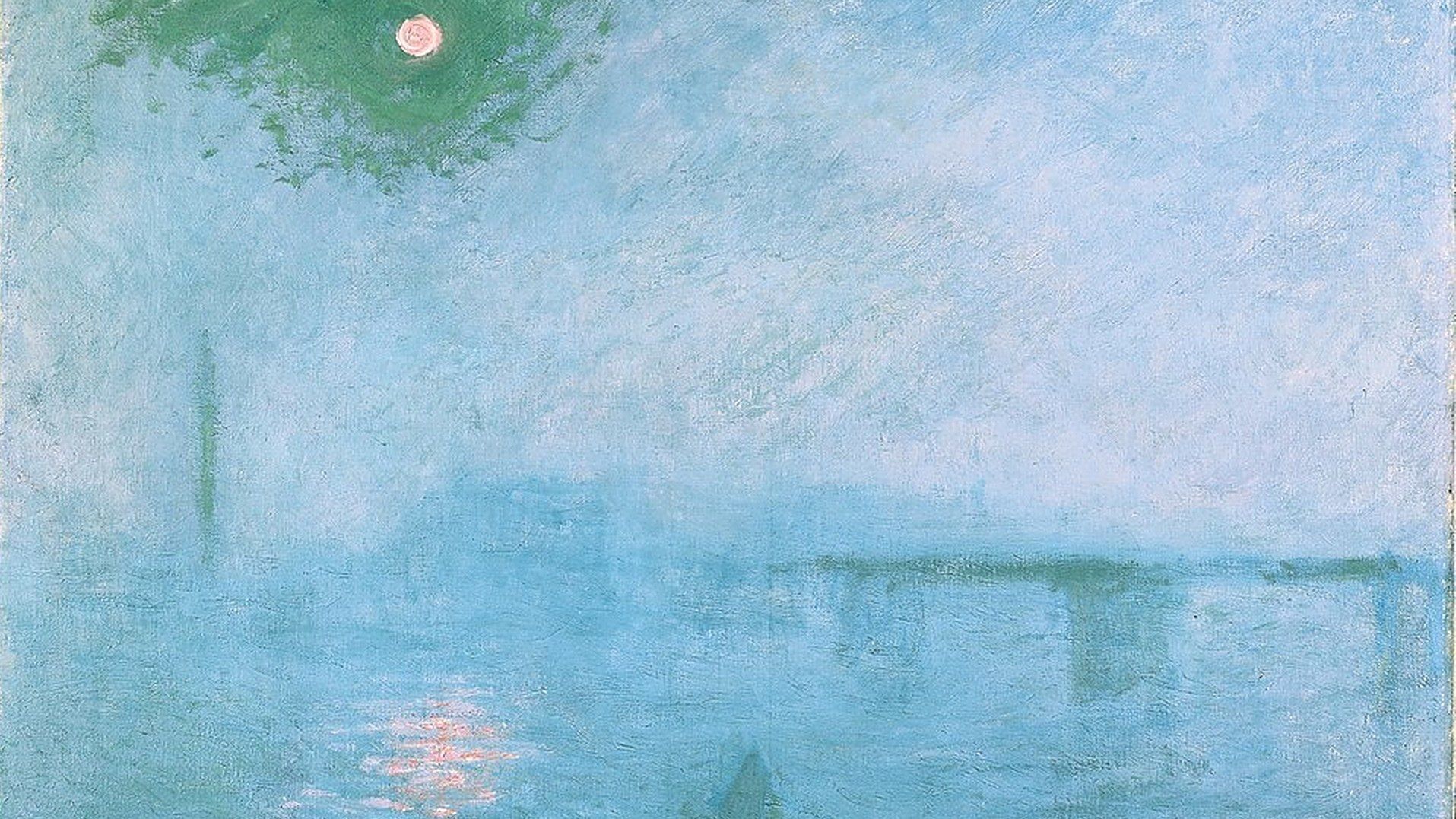Strauss’ “Salome”: The Grisly Final Scene
Perhaps, as Alex Ross suggests in the opening pages of his bestselling book, The Rest is Noise, twentieth century music was born with the first scandalous performances of Richard Strauss’ 1905 opera, Salome. Set in one act, the opera was inspired by Oscar Wilde’s French play based on characters from the Gospel of Saint Matthew. The imprisoned Jochanaan (John the Baptist) becomes an object of desire for princess Salome, the teenage stepdaughter of King Herod of …







